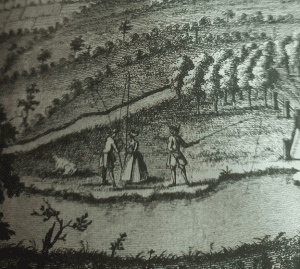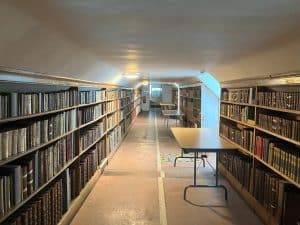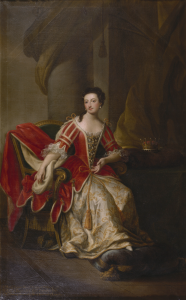
A working world beneath your feet
April 17, 2023 | Treasure tales and archive snippets | 7 minute read
Working at Holkham Hall can be thrilling for a history buff like me and as I walk around the Hall, I can’t help but imagine those people whose hands have helped to shape the Hall as it’s seen today: from the man who needed to peel one cwt of potatoes a day (that’s about eight stone, or over 50 kilos), to the maids in the still room preparing light refreshments. Their feet scurrying around have worn the pavements and shaped the steps. Earlier this year I started looking more closely at the below stairs’ world in preparation for the newly revised tour of the cellars.

Unlike many historic houses, Holkham is fortunate to have been built in one carefully planned phase and most of the working areas of the house are at ground level with natural light. So, there are no spooky dark, damp cellars here! Instead, you will find steps worn by the tread of lower scullery maids, laundresses, and coal merchants. The tour aims to give a flavour of how life below stairs would have been and how these areas are used today. A particular highlight for me is the Lower Still Room which was later adapted into the Bakery which has lots to see including the still and charcoal stoves showing the various usages of the room over time. Visitors who have read Lady Glenconner’s bestsellers will recognise some of the locations she has written about.
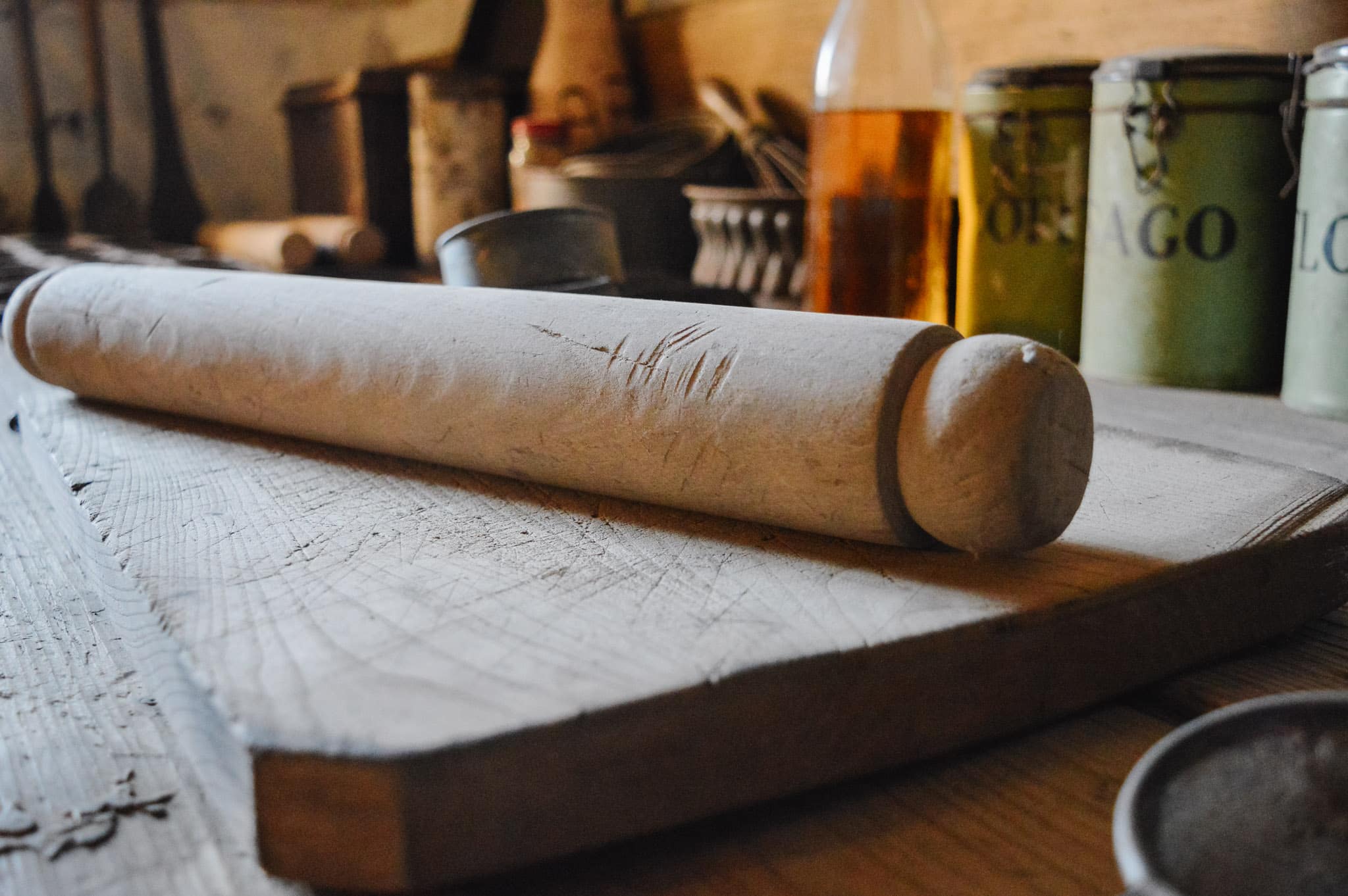
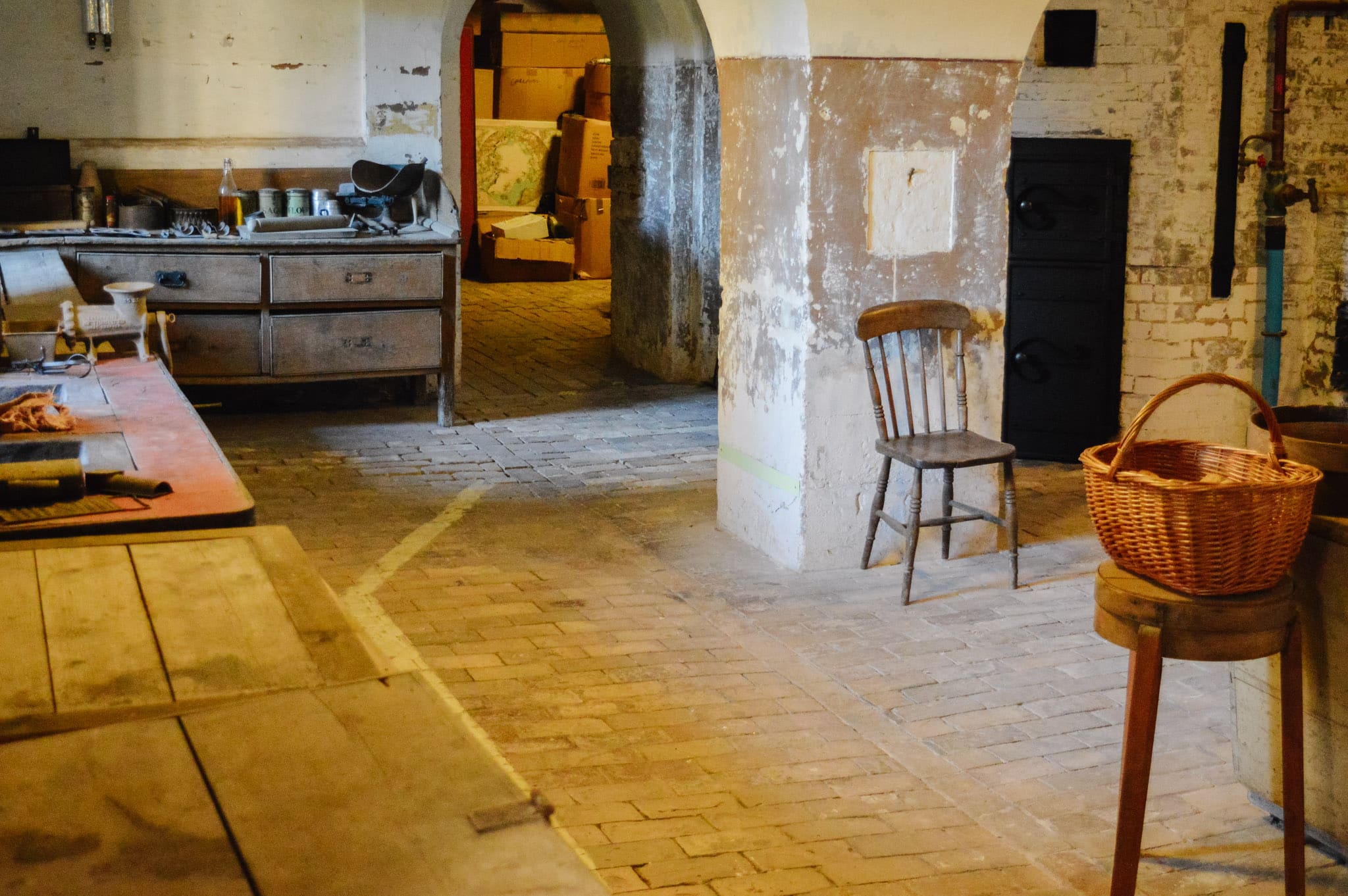
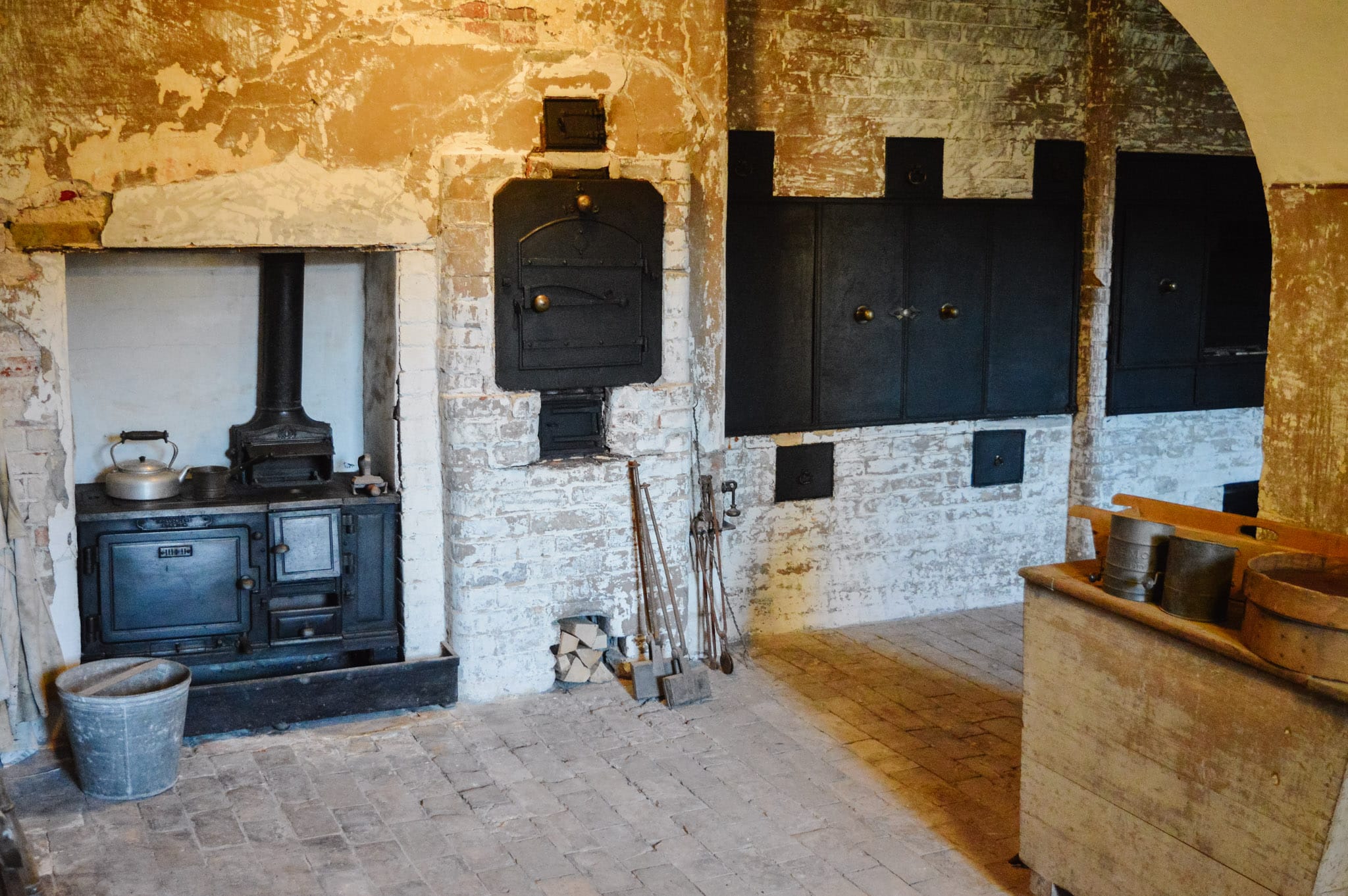
It was very important to look at the make-up of the servants and how they worked in harmony away from the splendour of the state rooms on the principal floor of the Hall. There are four great positions which over time have been filled with interesting characters: the butler, the cook (f) or chef (m), the steward and the housekeeper. Each role is very distinct and would have had various servants working in discrete areas of the cellars for them to ensure that the cogs of Holkham ran smoothly. Some of the servants would have come together over meals taken in the Servants’ Hall, carefully located next to the kitchen, with the upper servants eating separately in the Steward’s or Housekeeper’s rooms (depending on which meal was being taken). The number of servants working varies greatly over the last 250 or so years depending on the season and who was visiting the hall. In 1759, Lady Margaret records having only 29 indoor and outdoor servants, but by 1881 the 2nd Earl has 28 indoor servants living in the Hall with at least that many again living in Holkham village. These would have worked in outside in the gardens or parkland or inside the Hall each day. At the time of the 1939 census there were still 20 servants living in. The key roles were John Surridge (butler), Edith Tomlinson (housekeeper) and Martha Lee (cook) who still resided in the Hall. The steward, William Andrews was living in the Porter’s Lodge opposite to the Estate Office.

Naturally, when there were special celebrations with lots of house guests, the number of servants would increase as visitors would bring their own lady’s maids and valets who would all need a place to sleep and eat. With more guests there would be greater demand in the kitchen so additional temporary help was sought from the surrounding villages. Guests would sign the visitor books and details of meals taken by their servants was recorded in the butler’s books.

The only time all the household servants would have been regularly brought together was in the chapel on a Sunday morning. Unlike today, the family would have attended the service from the chapel gallery on the first floor and the servants being below. Some of the stories of working in the Hall have made their way to the tour directly through reminiscences sent to the archives from those people who remembered working here before the Second World War. Others have come through painstaking research in the archives at Holkham piecing together the evidence from the account books, butler’s books and census returns to create a picture of life below stairs.



Through the journey of time, it is possible to see how modifications were made to the original design of the building to make those working areas most suitable for contemporary use. The original bakery, on the warmer, southern side of the kitchen wing would have aided the proving of the bread, however the proximity to the menagerie of domestic animals such as chickens and geese, and the very regular deliveries to the larders and scullery perhaps prompted the move away from the kitchen courtyard. Visitors will be able to see how doorways have been both added and removed, and heating systems have been upgraded, and how the vestibule was added in the mid-19th century.

A key example of a major change is in the Old Dairy. This room was placed in chapel wing and orientated to the north, lined with alabaster stone (much like the chapel and Marble Hall) to ensure the cool conditions needed for successful creation of cheeses, creams and butter. It was described by visitor Lybbe Powis in the 18th century as ‘the neatest place you can imagine, the whole marble’. However, by the beginning of the 20th century things were afoot to add to the technological innovations in the house, in this instance, installing a refrigerator, easily the biggest in north Norfolk!

Shortly before the outbreak of the Second World War, the preparing and cooking of delicious meals ceased in the Kitchen Wing; however, the cellars are still very much working areas of the hall and different areas having very specific uses. On your visit you may be lucky and encounter a houseman constructing something to be used for Christmas or undertaking a minor repair in the workshop. Although the domestic and gastronomical work no longer happens underground, the work that does happen beneath our feet allows for the smooth running of the visitor operations at Holkham today.
Why not come on a tour and see for yourself?
https://www.holkham.co.uk/whats-on/cellar-tours-of-holkham-hall/
By Lucy Purvis – Archivist
Back to Journal Back to Journal